Wait a minute? In Dallas? Didn’t you say the SC17 conference is in Denver? Yes, this is correct. Like for last year’s August meeting in 2016, where my team met in Denver, even when the SC16 conference was in Salt Lake City, we met in Dallas on August 8 and 9. Logical thinking people can now conclude where SC18 will be located 😉
As we get closer to the actual conference in November (only 13 weeks left!) the topics discussed in the meeting are less big strategic issues but more lots and lots of nitty-gritty details which need to be decided to ensure a smooth running conference. One afternoon of the meeting is the so-called “logistics fair”: service providers (catering, student volunteers, audio/visual, electrics, housing, networking, etc) are located at various tables around the room, while groups responsible for organizing specific technical program or students program events are moving from service provider table to table, discussing, deciding and documenting the various needs from the services for their events.
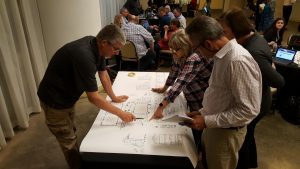
Looking for the perfect location for an event in the Colorado Convention Center in Denver — Picture by Bernd Mohr
Overall, the preparations for the conference are in good shape. The bulk of the technical program is selected (workshops, tutorials, technical papers, and panels) and you can browse them in the online program. Submissions for the rest of the technical program (posters, bofs, doctoral showcase, scientific visualization showcase, exhibitor forum, HPC impact showcase and much more) are currently peer-reviewed and once selected (early September) will be included in the online program as well. Very early registration numbers are looking very promising compared to past years.
I am also very proud to be able to announce that we found the perfect speakers and topic for the SC17 keynote, namely Prof Diamond and Dr Bolton from the Square Kilometer Array (SKA) project. It is a prime example for our #HPC connects conference theme, connecting brilliant minds, diverse systems, and science areas truly all around the globe (and not just only in the northern hemisphere!). Read the full story here.
On the way back from dinner, I came across this German restaurant (yes, it is a restaurant despite the name and there is no garden anywhere), but trying it out has to wait until 2018 😉

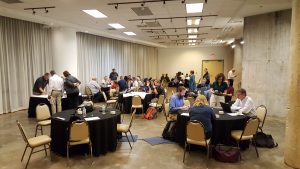

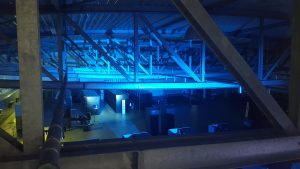

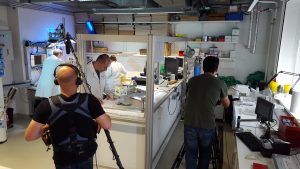
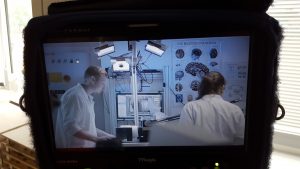

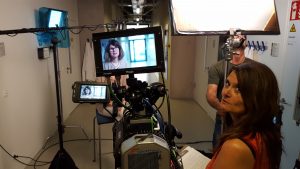
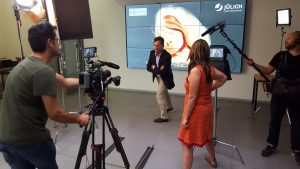
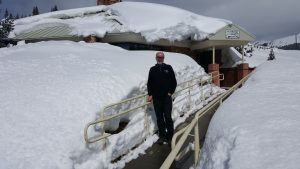
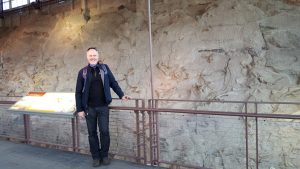



![[Jülich Lake Casino]](https://blogs.fz-juelich.de/berndmohr/wp-content/uploads/sites/5/2015/12/20151027_134944-300x169.jpg)
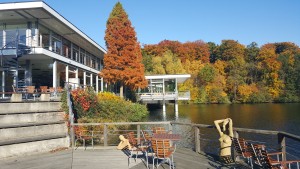


![[My Office Window View]](https://blogs.fz-juelich.de/berndmohr/wp-content/uploads/sites/5/2015/12/20151027_150408-300x117.jpg)
![[Bernd Mohr]](https://blogs.fz-juelich.de/berndmohr/wp-content/uploads/sites/5/2015/12/mohr_jugene-200x300.jpg)
Recent Comments